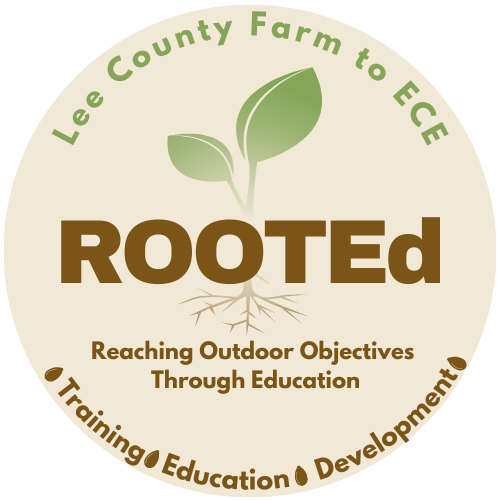Garden Blast- December 1-15, 2022
go.ncsu.edu/readext?901911
en Español / em Português
El inglés es el idioma de control de esta página. En la medida en que haya algún conflicto entre la traducción al inglés y la traducción, el inglés prevalece.
Al hacer clic en el enlace de traducción se activa un servicio de traducción gratuito para convertir la página al español. Al igual que con cualquier traducción por Internet, la conversión no es sensible al contexto y puede que no traduzca el texto en su significado original. NC State Extension no garantiza la exactitud del texto traducido. Por favor, tenga en cuenta que algunas aplicaciones y/o servicios pueden no funcionar como se espera cuando se traducen.
Português
Inglês é o idioma de controle desta página. Na medida que haja algum conflito entre o texto original em Inglês e a tradução, o Inglês prevalece.
Ao clicar no link de tradução, um serviço gratuito de tradução será ativado para converter a página para o Português. Como em qualquer tradução pela internet, a conversão não é sensivel ao contexto e pode não ocorrer a tradução para o significado orginal. O serviço de Extensão da Carolina do Norte (NC State Extension) não garante a exatidão do texto traduzido. Por favor, observe que algumas funções ou serviços podem não funcionar como esperado após a tradução.
English
English is the controlling language of this page. To the extent there is any conflict between the English text and the translation, English controls.
Clicking on the translation link activates a free translation service to convert the page to Spanish. As with any Internet translation, the conversion is not context-sensitive and may not translate the text to its original meaning. NC State Extension does not guarantee the accuracy of the translated text. Please note that some applications and/or services may not function as expected when translated.
Collapse ▲
What to Do, When |
 |
|
For Educators- Tell a Garden Story
The gardens are full of plants in the Brassicaceae family! Collards, cabbage, kale are all in the same family! We plant these plants in the fall and late winter because they are hardy in the cold weather, even if it frosts. Ask the children to compare and contrast these plants. How do they look the same? How do they look different? What shapes are the leaves? What colors are they?
Science: Don’t let the long word for the family that collards are in intimidate you. Using correct, accurate terminology helps learners of all levels incorporate those words into their vocabulary, just like any other vocabulary word! The more you use it, the more it makes sense and you can communicate with others.
For Children- Have a Garden Interaction
Plants are tough. They can grow outside, even when it is cold. The way they do that is using chemicals in their leaves to protect themselves.
How do you stay warm outside in the winter? You wear a coat! Plants do this too! They have a protective layer called a cuticle that protects them from frost and from water. They also have special chemicals in their cells that act like antifreeze against freezing.
Educators/adults: Have the students feel the leaves (Gently and NOT first thing in the morning!). Ask them to describe the texture. Some words you might use are: waxy, hard, tough, leathery. This texture describes the story above.
For Parents- Bringing the Garden Home
Sometimes the last thing you want to do is go outside when it is cold! But, it is important for children to get fresh air, no matter the time of year. Instead of running from the car to the house, take a moment to soak in the sun like a plant! Ask your child how it feels to be outside. Help them by using words to describe the weather like: cold, warm, bright, sunny, windy.
Looking Ahead
February 1 is the beginning of the planting cycle for “spring veggies”. To prepare, check out the planting calendar to see potential crops that will be ready to go in the ground. Some plants you can start inside from seed in January, but it might be more cost- and time-effective to buy these from a local nursery.




